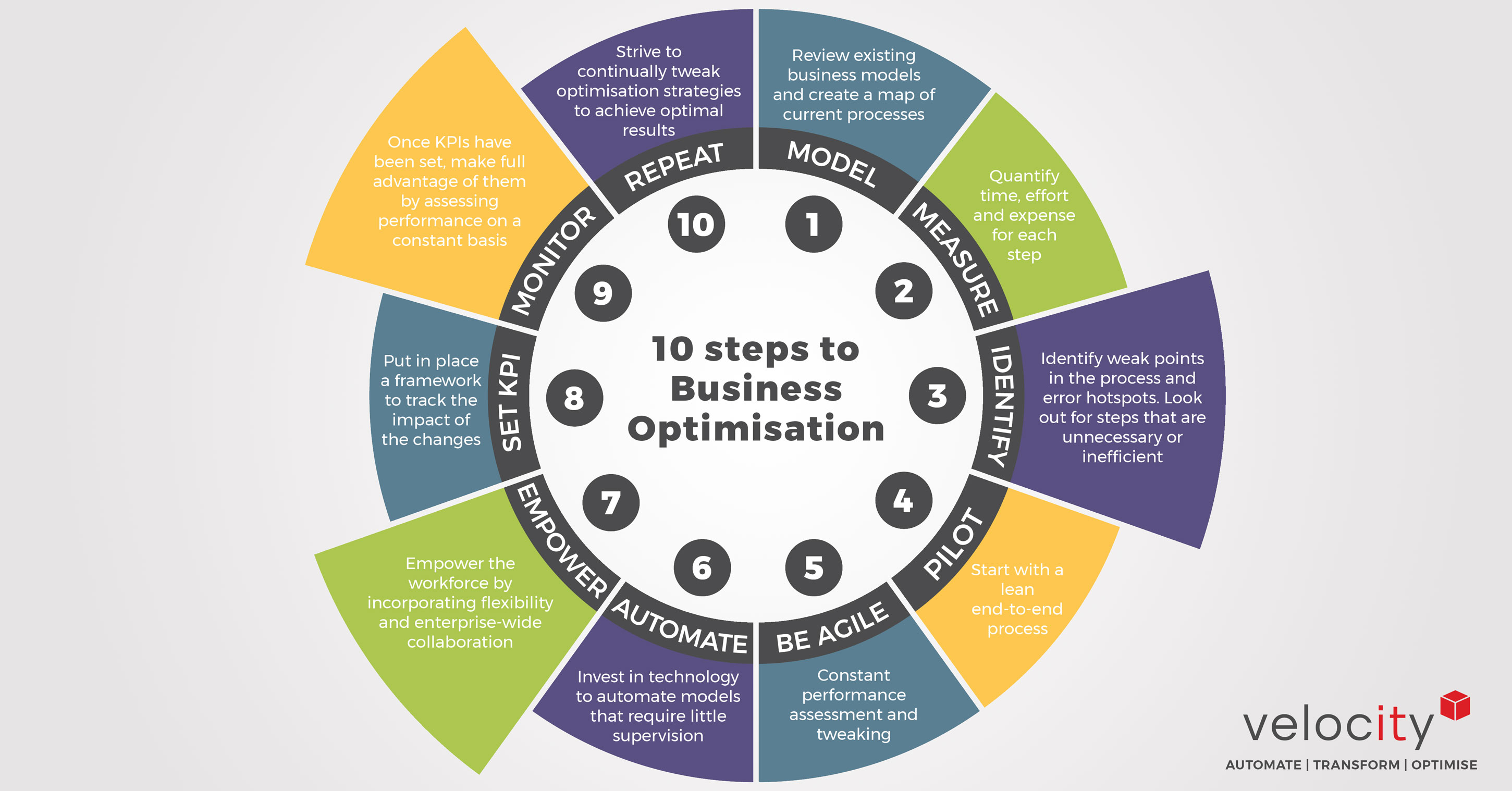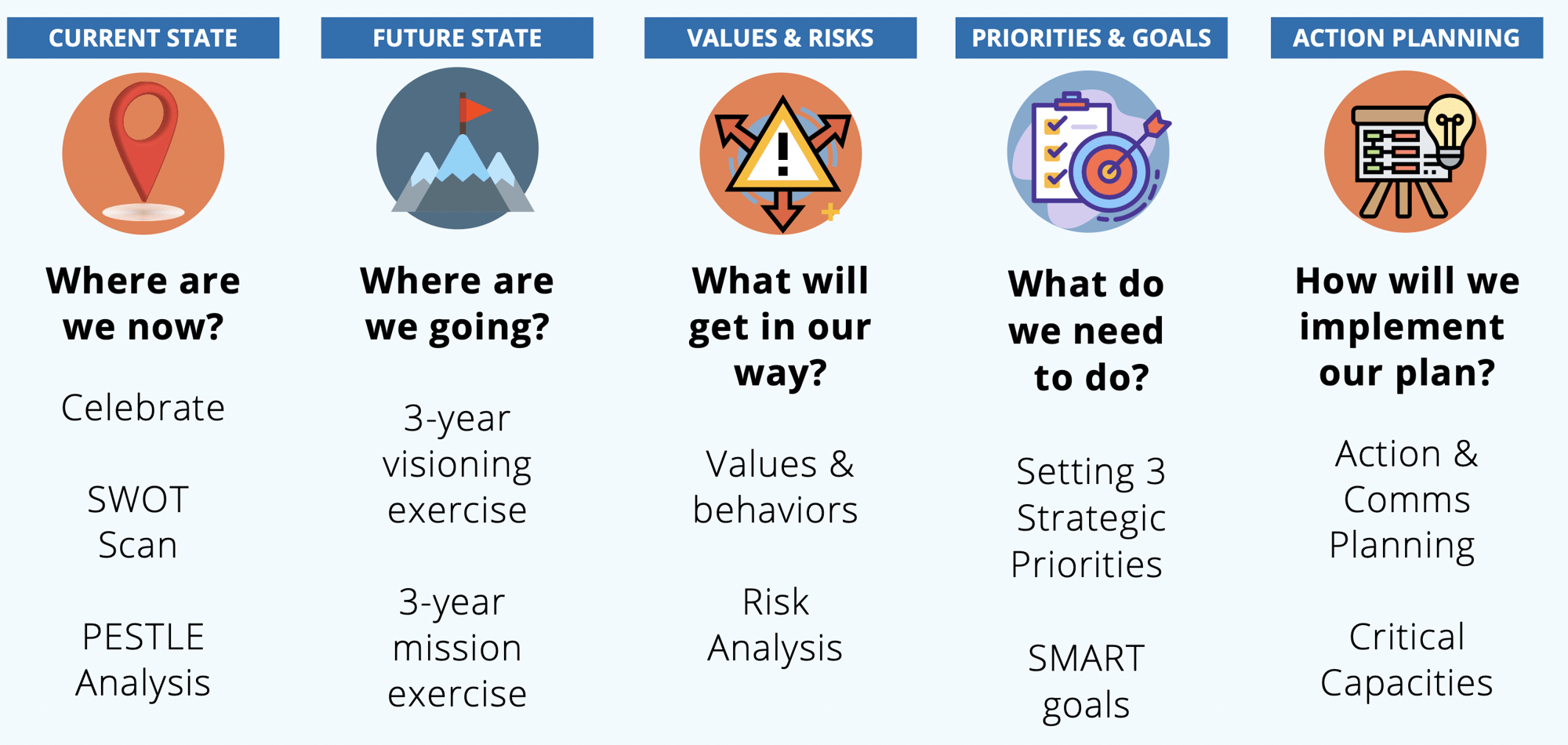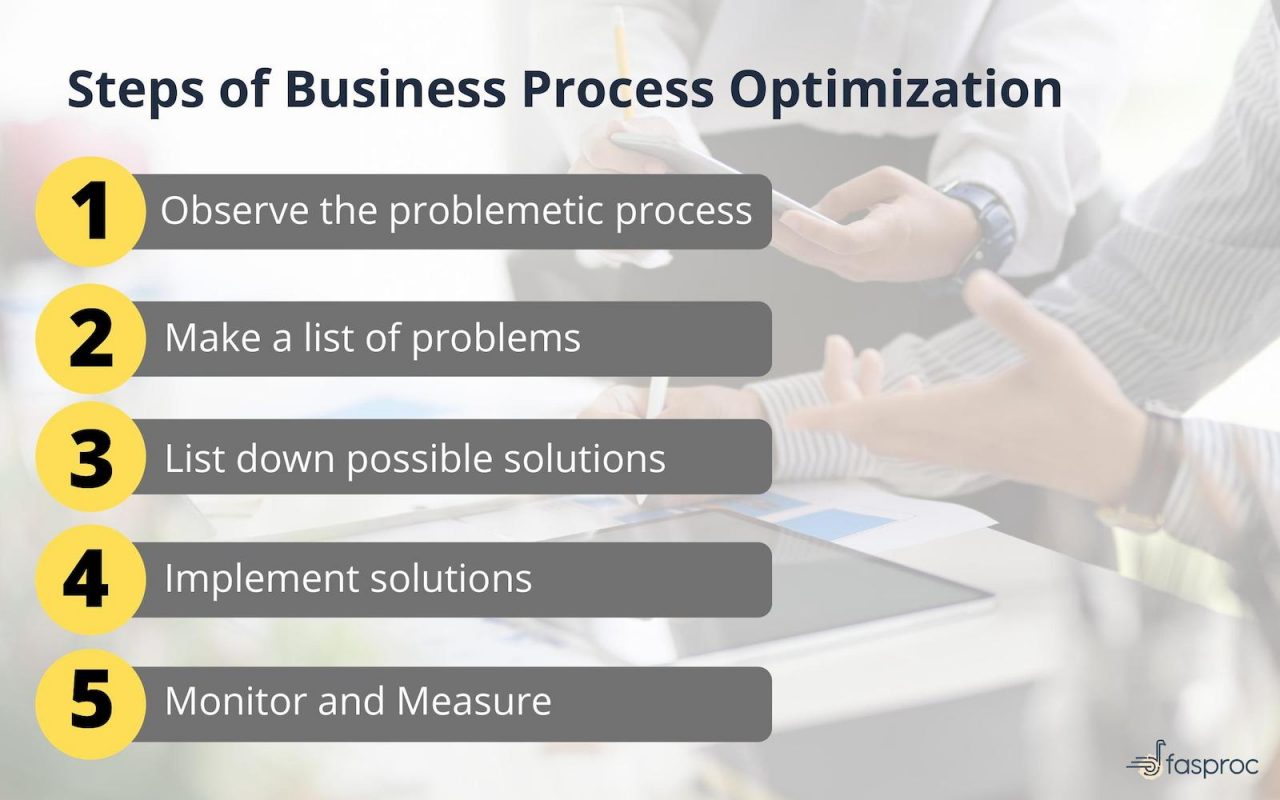Unlock Future Profits with Financial Forecasting
Navigating the complexities of the modern business landscape requires more than just reacting to current market conditions; it demands a proactive approach to understanding and shaping your financial future. This is where financial forecasting plays an indispensable role. It’s the art and science of predicting a company's future financial performance based on historical data, current market trends, and anticipated events. Businesses, regardless of their size or industry, rely on accurate financial projections to make informed decisions, allocate resources efficiently, and ultimately, steer towards sustainable growth and increased profitability.

Without a clear financial roadmap, businesses operate in a reactive mode, vulnerable to unexpected downturns and missed opportunities. Financial forecasting empowers leaders to anticipate potential challenges, identify emerging trends, and prepare strategies that capitalize on future market shifts. It transforms uncertainty into manageable risks, allowing for strategic agility and resilience in an ever-changing economic environment.

Effective forecasting provides clarity on future revenues, expenses, and cash flows, forming the bedrock for sound business planning. It enables companies to set realistic goals, manage expectations, and build confidence among stakeholders. From securing investments to optimizing operational costs, the insights derived from financial predictions are critical for every facet of a company's financial health.

Moreover, in today’s data-driven world, sophisticated forecasting models leverage advanced analytics to provide deeper, more nuanced insights than ever before. This allows for a more granular understanding of potential outcomes, helping businesses not just to survive, but to thrive and unlock their full profit potential by making data-backed, forward-looking decisions.

What is Financial Forecasting?

Financial forecasting involves estimating the future financial outcomes of a business over a specified period. It is a critical component of financial planning, providing insights into anticipated revenues, expenses, profits, and cash flows. Unlike budgeting, which sets specific targets and allocates resources based on those targets, forecasting attempts to predict what will happen, using a combination of historical data, current trends, and qualitative judgment. This predictive analysis helps organizations prepare for various scenarios and make proactive decisions rather than reactive ones.

Key Components of Financial Forecasting
Effective financial forecasting typically focuses on several core components:

- Revenue Forecasting: Projecting future sales based on market demand, sales trends, pricing strategies, and economic indicators.
- Expense Forecasting: Estimating future operating costs, including fixed costs (rent, salaries) and variable costs (raw materials, production costs) linked to sales volumes.
- Profit Forecasting: Predicting net income by combining revenue and expense forecasts. This is a crucial indicator of a company's financial health and profitability.
- Cash Flow Forecasting: Projecting the inflows and outflows of cash, which is vital for managing liquidity, paying debts, and funding operations and investments.
- Balance Sheet Forecasting: Projecting future assets, liabilities, and equity, offering a complete picture of the company's future financial position.
The Difference Between Forecasting and Budgeting
While often used interchangeably, financial forecasting and budgeting serve distinct purposes. A budget is a financial plan for a specific period, outlining expected revenues and planned expenditures. It’s a target or a limit that guides financial activities and resource allocation, often used for performance evaluation. Budgets are typically fixed for a fiscal year.
A forecast, on the other hand, is a prediction of future financial performance, which can be updated frequently (monthly, quarterly) to reflect new information and changing conditions. It’s not about setting targets but about anticipating outcomes. Think of it this way: a budget tells you where you want to go, while a forecast tells you where you are likely to go given current realities. Businesses use forecasts to adjust their strategies and budgets in real-time, ensuring agility and responsiveness to market dynamics.

Why is Financial Forecasting Crucial for Business Success?
The ability to anticipate future financial scenarios is a cornerstone of robust business strategy. Financial forecasting provides an invaluable lens through which businesses can view their potential future, enabling them to make more informed, proactive decisions that drive success. Its importance extends across multiple facets of an organization.

Informed Decision-Making
At its core, forecasting arms management with the data needed to make strategic choices. Whether it's deciding to launch a new product, expand into a new market, or invest in new technology, accurate financial predictions allow leaders to assess the potential returns and risks. This leads to decisions that are not based on guesswork, but on a well-researched understanding of probable financial outcomes.
Resource Allocation and Optimization
One of the most significant benefits of financial forecasting is its impact on resource management. By predicting future cash flow, revenue, and expenses, companies can optimize their allocation of capital, human resources, and operational assets. This prevents over-investment in non-performing areas and ensures that resources are directed towards initiatives with the highest potential return, minimizing waste and maximizing efficiency.
Risk Mitigation and Opportunity Identification
Forecasting allows businesses to identify potential financial risks—such as liquidity shortages, declining sales, or rising costs—before they become critical problems. Early detection provides time to develop mitigation strategies. Conversely, it also helps uncover opportunities, like increased demand for a certain product or a favorable market shift, enabling businesses to pivot quickly and capitalize on these openings for growth.
Investor Confidence and Strategic Planning
For external stakeholders, particularly investors and lenders, a well-executed financial forecast demonstrates a company's understanding of its market, its operational efficiency, and its potential for profitability. It builds confidence and can be a deciding factor in securing funding or favorable credit terms. Internally, forecasts are essential for strategic planning, allowing companies to set realistic goals, develop long-term growth plans, and align all departments towards common financial objectives.
Common Financial Forecasting Methods
Various methods are employed in financial forecasting, each suited to different circumstances and data availability. They generally fall into two broad categories: qualitative and quantitative.
Qualitative Methods
Qualitative methods are subjective and rely on expert judgment, intuition, and experience, especially when historical data is scarce or unreliable (e.g., for new products or highly volatile markets).
- Expert Opinion: Gathering insights from internal (sales teams, managers) or external (industry consultants, economists) experts.
- Delphi Method: A structured communication technique designed to elicit expert opinions and achieve a consensus forecast through iterative questionnaires, where anonymous feedback from previous rounds is provided to participants.
Quantitative Methods
Quantitative methods are objective and rely on mathematical models and historical data to predict future outcomes. They are most effective when sufficient historical data is available and relationships between variables are stable.
- Time Series Analysis: This method analyzes past data points over time to identify patterns, trends, and seasonal variations. It assumes that past patterns will continue into the future.
- Moving Averages: Calculates the average of a specific number of past data points (e.g., sales over the last three months) to smooth out fluctuations and identify trends.
- Exponential Smoothing: Similar to moving averages but assigns greater weight to more recent data points, making it more responsive to recent changes.
- Regression Analysis: This statistical technique examines the relationship between a dependent variable (e.g., sales) and one or more independent variables (e.g., advertising spend, economic growth). It helps in understanding how changes in independent variables might affect the dependent variable.
- Linear Regression: Identifies a linear relationship between variables to predict future values.
- Scenario Analysis: This involves creating multiple financial forecasts based on different assumptions about future conditions (e.g., best-case, worst-case, and most likely scenarios). This helps in understanding the range of possible outcomes and preparing contingency plans.
- Econometric Models: These are sophisticated statistical models that use economic theory to explain and predict economic variables. They incorporate multiple factors and their interrelationships to provide comprehensive forecasts.
The Steps to Effective Financial Forecasting
Executing effective financial forecasting is a structured process that requires careful planning, data management, and continuous refinement. Following a systematic approach helps ensure accuracy and relevance.
Define Objectives
Before embarking on any forecasting activity, clearly define what you aim to achieve. Are you forecasting for short-term cash flow management, long-term strategic planning, investment decisions, or budget setting? The objective will dictate the scope, duration, and level of detail required for your forecasts.
Gather Data
High-quality data is the bedrock of accurate forecasts. Collect relevant historical financial data (sales, expenses, cash flows), operational data (customer acquisition costs, production volumes), and external market data (economic indicators, industry trends, competitor performance). Ensure data accuracy, consistency, and completeness.
Choose Methods
Select the most appropriate forecasting methods based on your objectives, data availability, and the volatility of your industry. A combination of qualitative and quantitative methods often yields the most robust results. For instance, time series analysis for stable revenue streams combined with expert opinion for new product launches.
Develop Forecasts
Apply the chosen methods to your gathered data to create your financial predictions. This step involves building models (e.g., in spreadsheets or specialized software), inputting assumptions, and running calculations. It's crucial to document all assumptions made during this process, as they significantly influence the forecast's outcome.
Monitor and Adjust
Financial forecasting is not a one-time event; it's an iterative process. Regularly compare your actual financial performance against your forecasts. Identify variances and analyze the reasons behind them. Use these insights to refine your models, adjust your assumptions, and update future forecasts. This continuous feedback loop improves the accuracy and reliability of your predictions over time.
Challenges and Best Practices in Financial Forecasting
While indispensable, financial forecasting comes with its set of challenges. Navigating these requires careful consideration and the adoption of best practices to enhance accuracy and utility.
Data Accuracy and Availability
One of the primary hurdles is ensuring the accuracy and completeness of historical data. Inconsistent data, missing records, or errors can significantly skew forecasts. Furthermore, for new businesses or products, sufficient historical data might simply not exist, making quantitative methods difficult to apply.
Volatility and Uncertainty
The business environment is rarely static. Economic downturns, technological disruptions, shifts in consumer behavior, geopolitical events, and unforeseen crises (like pandemics) can introduce high levels of volatility and uncertainty, making long-term predictions particularly challenging.
Over-reliance on Past Data
While historical data is crucial, an exclusive reliance on it can be detrimental. The past does not always perfectly predict the future, especially during periods of significant change or innovation. Overlooking emerging trends or one-off events can lead to misleading forecasts.
Best Practices: Regular Review, Multiple Scenarios, Technology Adoption
To overcome these challenges, consider the following best practices:
- Regular Review and Updates: Don't treat forecasts as static documents. Review and update them frequently (e.g., monthly or quarterly) to incorporate new information and reflect changing market conditions.
- Use Multiple Scenarios: Instead of a single "point" forecast, develop best-case, worst-case, and most likely scenarios. This provides a range of potential outcomes, allowing for more robust contingency planning and risk assessment.
- Incorporate Qualitative Insights: Supplement quantitative models with qualitative insights from sales teams, market experts, and operational staff. Their on-the-ground knowledge can provide valuable context and foresight.
- Leverage Technology: Utilize specialized forecasting software and analytical tools. These can handle large datasets, perform complex calculations, and automate processes, significantly improving efficiency and accuracy.
- Focus on Key Drivers: Identify the most significant internal and external drivers that impact your financial performance and focus your forecasting efforts on these critical variables.
- Communicate Assumptions Clearly: Ensure all stakeholders understand the assumptions underpinning the forecasts. This builds trust and helps in interpreting variances.
How Financial Forecasting Drives Profitability
The ultimate goal of any business is sustained profitability, and financial forecasting serves as a powerful engine in achieving this. By illuminating the path ahead, it enables companies to proactively manage their resources, identify growth opportunities, and optimize their operations to maximize financial returns.
Optimizing Cash Flow
Accurate cash flow forecasts are paramount for profitability. They allow businesses to anticipate periods of surplus or deficit cash, enabling timely decisions on investments, debt management, or securing additional financing. By avoiding cash shortages and ensuring efficient use of excess cash, companies can reduce borrowing costs, capitalize on early payment discounts, and invest in growth initiatives, all of which directly impact the bottom line.
Identifying Growth Opportunities
Forecasting helps in identifying potential growth avenues. By projecting future demand for products or services, businesses can proactively allocate resources to scale production, expand marketing efforts, or develop new offerings. Conversely, it can highlight declining markets, prompting strategic shifts before they negatively impact profits. This foresight allows companies to seize opportunities and avoid costly missteps.
Cost Control and Efficiency
Predicting future expenses allows management to scrutinize costs before they are incurred. By forecasting operational expenses, raw material costs, and labor requirements, businesses can implement cost-saving measures, negotiate better deals with suppliers, and optimize staffing levels. This proactive cost control directly translates into higher profit margins.
Pricing Strategies
Understanding future market conditions, demand, and competitor pricing through forecasting can inform optimal pricing strategies. Businesses can use this insight to set prices that maximize revenue and profit, whether it’s through premium pricing for high-demand products or competitive pricing to gain market share, all while considering the elasticity of demand.
Conclusion
Financial forecasting is far more than just a numbers exercise; it is an essential strategic discipline that empowers businesses to navigate uncertainty, make informed decisions, and unlock their full profit potential. From anticipating revenue streams and managing expenses to optimizing cash flow and identifying strategic growth opportunities, the insights gleaned from accurate financial predictions are indispensable for sustainable success.
By embracing robust forecasting methodologies, leveraging appropriate technologies, and committing to continuous review and adjustment, organizations can transform their reactive responses into proactive strategies. This forward-looking approach not only mitigates risks but also highlights the most lucrative paths to follow, ensuring that resources are allocated efficiently and that the business remains agile in a dynamic marketplace. Ultimately, mastery of financial forecasting is a hallmark of strong financial leadership, paving the way for enhanced profitability and enduring competitive advantage.
